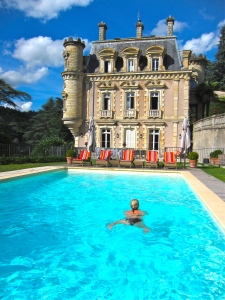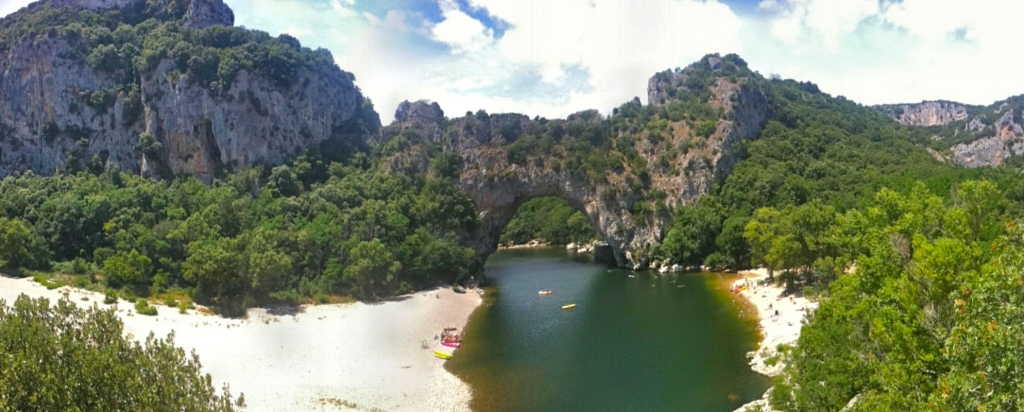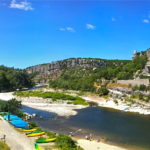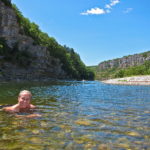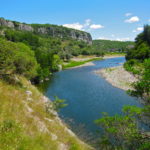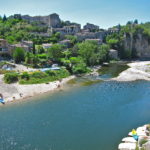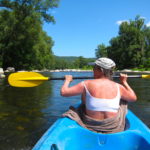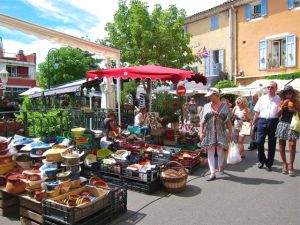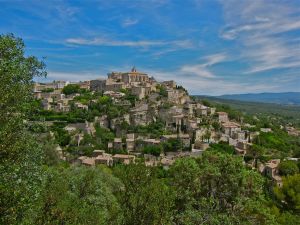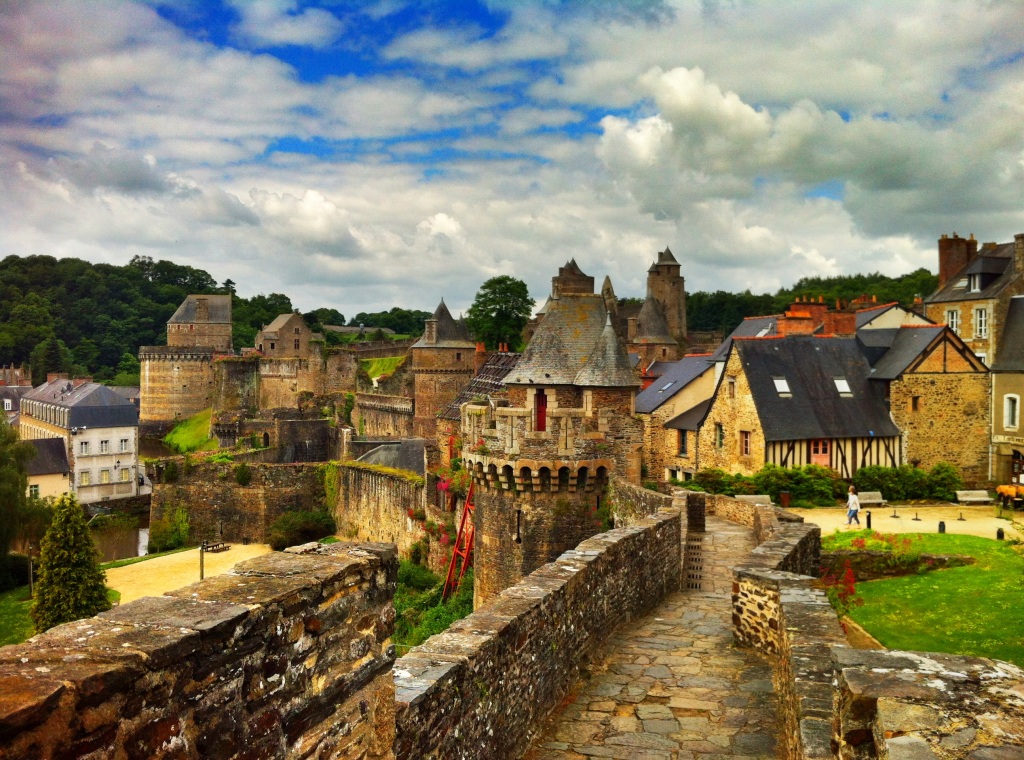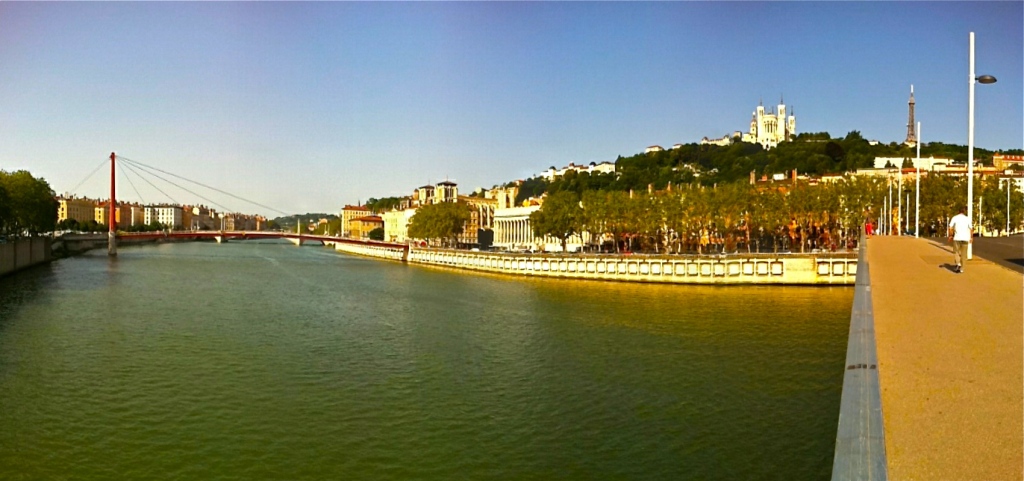 Lyon, a city which just seems to get better the more you get to know it. At first, it was one of those towns that didn’t really appeal to me very much when I arrived. Perhaps it was the backed-up traffic getting into town by car. And perhaps because I was looking for what is best to appreciate Lyon in the wrong places. In many towns you go to the old part of town to experience the place. But not in Lyon. The old part is nice and quaint, but you can find more to explore and enjoy in the 2nd Arrondissement called Bellecour.
Lyon, a city which just seems to get better the more you get to know it. At first, it was one of those towns that didn’t really appeal to me very much when I arrived. Perhaps it was the backed-up traffic getting into town by car. And perhaps because I was looking for what is best to appreciate Lyon in the wrong places. In many towns you go to the old part of town to experience the place. But not in Lyon. The old part is nice and quaint, but you can find more to explore and enjoy in the 2nd Arrondissement called Bellecour.
Lyon is France’s second largest city, after Paris of course, and its geography is quite unique. It is where two rivers meet, the Saone and the Rhone. However the meeting takes place at the south end of Lyon, creating beforehand a narrow stretch of land with water on either side which is central Lyon. In this center section of land is Place Bellecour, the third largest plaza in France. Surrounded by beautiful buildings, it also hosts a huge parking lot below it, which has diminished traffic significantly in the area and allowed for many of the streets to be pedestrian only. This area is extremely bike and pedestrian friendly. Its a great shopping and dining region, especially rue de la Republique (“rue de la Re” to locals) with many name-brand stores and department stores. A wonderful street for restaurants is rue Merciere, and then also the area of rue Garet and Rue de L’Arbre.





























